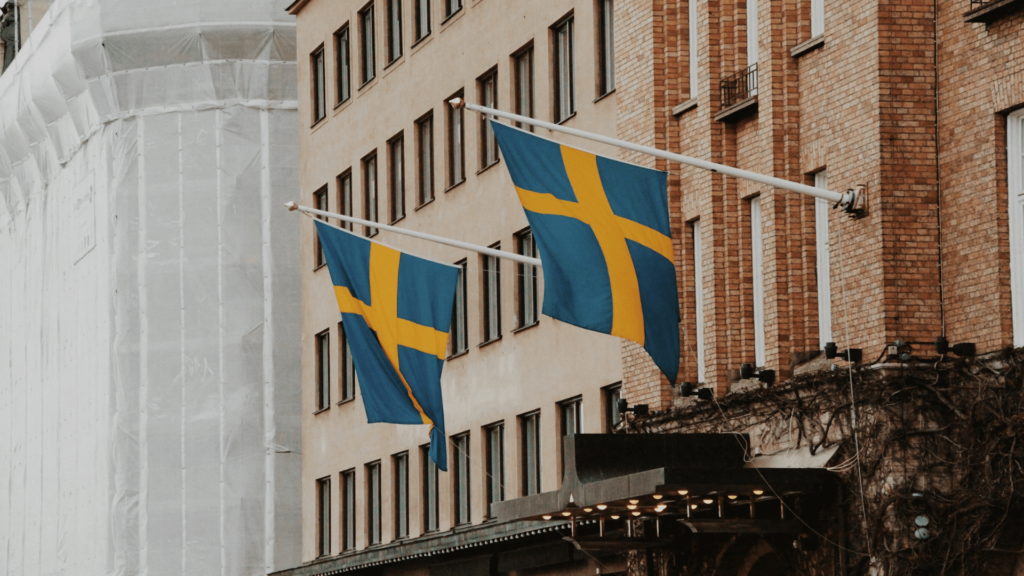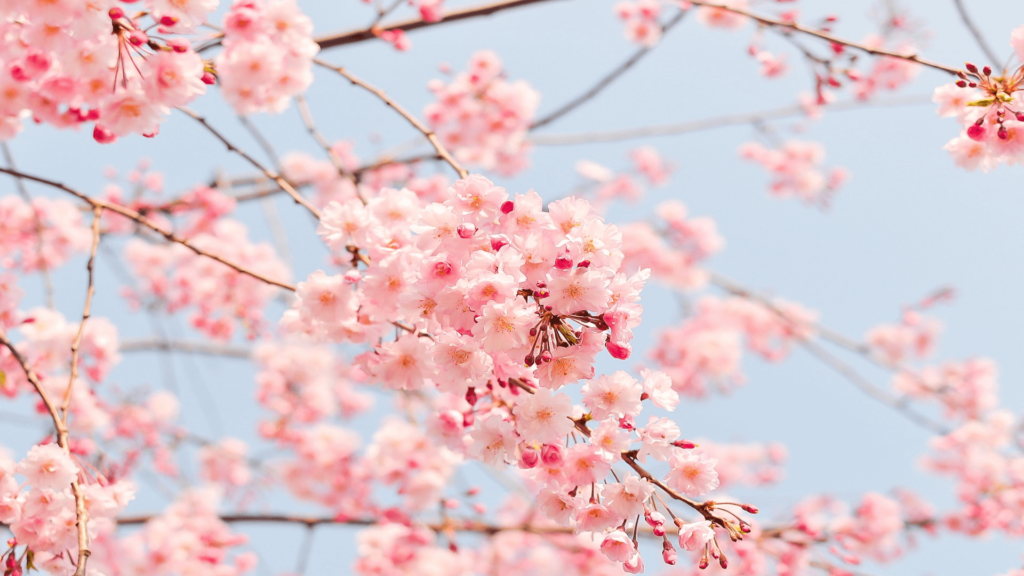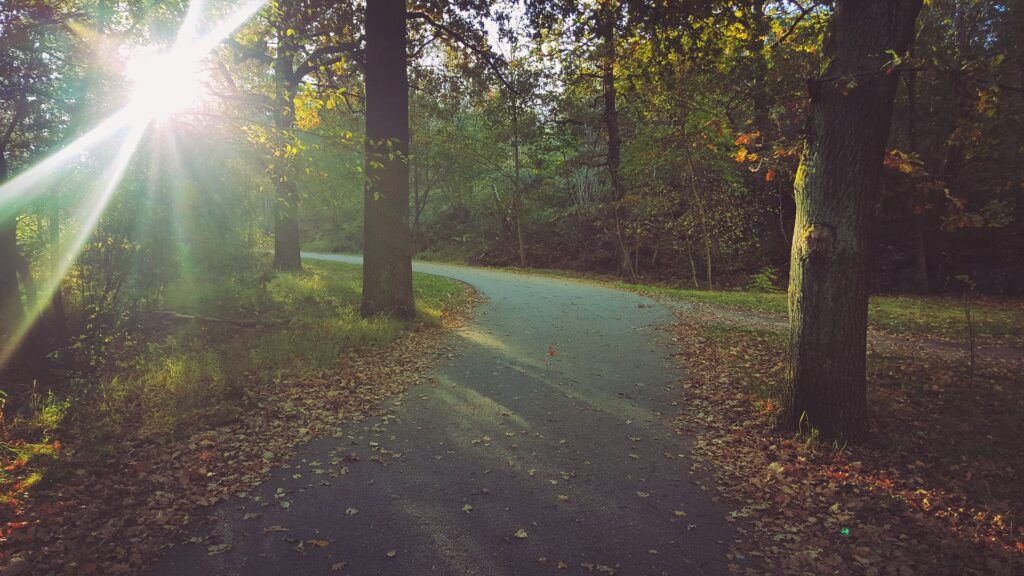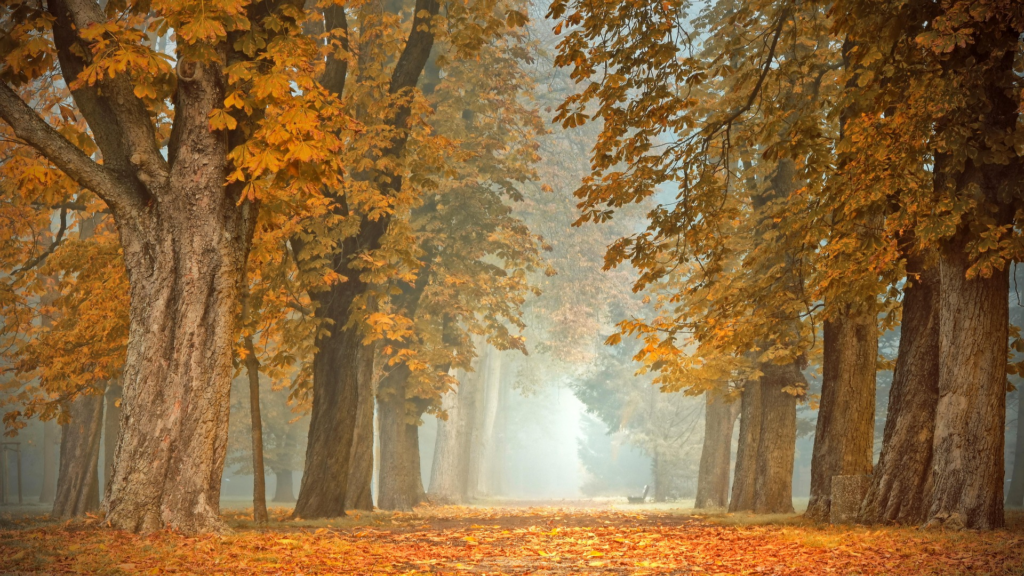Sweden is the largest country in Scandinavia and is home to seemingly endless forests, stunning coastlines, ancient Viking settlements, chic, vibrant cities, and so much more. It’s no surprise, then, that you can find incredible experiences in this sprawling, spectacular country year-round.
At Discover Scandinavia Tours, we’re US-based specialists in the Nordic region. We have used first-hand travel experience to craft a range of luxury tours of Scandinavia. This includes Sweden tours that showcase must-see sights and hidden gems, as well as multi-country Scandinavia tour packages featuring Sweden, allowing you to explore multiple nations in a single trip.
So, with all these options to choose from, when is the best time to visit Sweden? Let us help you decide! Scroll down to find our insights and to start planning your adventure. Please feel free to contact us with any questions you may have.

Visiting Sweden in Spring
As winter’s chill loosens its grip, Sweden awakens in a riot of colors and fragrances during the spring months, making it ideal for outdoor lovers, nature enthusiasts, and city breaks.
As a transition season in such a large, long country, spring’s arrival varies significantly from north and south. The warmer weather and vibrant blooms make a steady northward march. So, while a region like Skåne can welcome spring as early as the end of February, parts of Lapland may not do the same until late April or early May.
Mid-April through May is one of two shoulder seasons in Sweden, so fewer tourists visit during this time. But as spring moves closer to summer, these numbers increase.
Spring, specifically April, sees the start of our Must-See Series: 8-Day Private Tour of Sweden. Running through until September, this expertly designed itinerary includes visits to the stunning city of Stockholm, charming Malmö, and Ystad, made famous in the TV series Wallander!

Spring Weather in Sweden
Spring in Sweden offers mild temperatures, occasional rain showers, and lingering snowfall in the northern regions. Both city parks and the countryside burst into life as flowers bloom and trees regain their lush greenery.
Typical temperatures across the country include:
- Malmö in southern Sweden: 30.2°F (-1°C) to 42.8°F (6°C) in March, 35.6°F (2°C) to 53.6°F (12°C) in April, 42.8°F (6°C) to 60.8°F (16°C) in May.
- Stockholm in middle Sweden: 28.4°F (-2°C) to 39.2°F (4°C) in March, 33.8°F (1°C) to 50°F (10°C) in April, 42.8°F (6°C) to 60.8°F (16°C) in May.
- Kiruna in northern Sweden: 28.4°F (-2°C) to 8.6°F (-13°C) in March, 21.2°F (-6°C) to 37.4°F (3°C ) in April, 32°F (0°C) to 48.2°F (9°C) in May.
Spring Cultural Highlights in Sweden
Embrace the Swedish tradition of Valborgsmässoafton (Walpurgis Night) on April 30th, where bonfires light up the night sky, marking the arrival of spring. Exploring the streets of cities like Stockholm and Malmö is a great way to sample local culture as outdoor cafes come to life and festivals abound.
If you’re considering one of our multi-country Scandinavia tour packages, be sure to read our blog What are the Best Times to Travel to Scandinavia? when you have finished here. It takes a broader look at visiting the Nordic countries throughout the year.

Visiting Sweden in Summer
Summer in Sweden is a glorious season defined by endless daylight, bustling cities, and outdoor adventures under the midnight sun. In the capital Stockholm, the longest day of the year is 21 June. Known as Midsummer’s Day, the city experiences a remarkable 18 hours of daylight. Way up in the north, in Kiruna, the sun doesn’t set at all between late May and mid-July!
With so much daylight, summer is the perfect season for exploration! Unsurprisingly, this is also high-season in Sweden, especially between June and August. Visitor numbers will reach their highest, but when you sample Swedish summer, you’ll understand why.
Check out our blogs about summer in Scandinavia and planning a trip to Scandinavia during the Midnight Sun if this season is calling your name!

Summer Weather in Sweden
The warmest of the summer weather is in southern areas, including Stockholm and Malmö, where temperatures range from 59°F to 77°F (15°C to 25°C). The further north you go, the more these temperatures cool off. However, even in Lapland, summers are pleasantly warm.
Coastal areas offer refreshing sea breezes, while inland regions enjoy warm, dry weather, perfect for hiking, kayaking, and camping.
Summer Cultural Highlights in Sweden
Dive into Swedish culture by celebrating Midsommar in late June, where locals gather to dance around maypoles, indulge in traditional food, and enjoy the enchanting beauty of the Swedish countryside.
Summer is also a wonderful time to explore Stockholm and its archipelago, where picturesque islands offer serene retreats amidst stunning natural landscapes.

Visiting Sweden in Fall
Did you know that 70% of Sweden’s area is covered by forest? As summer’s luster fades, the country transforms into a beautiful canvas of golden hues. The air becomes crisp and cool, the cozy season begins (including meeting for fika at cafés), and the markets fill with Mother Nature’s bountiful harvest.
September through mid-October is the second shoulder season of the year, meaning the crowds ease again.
While September sees some of our multi-country Scandinavia tour packages finish for the year, our exciting winter tours begin in October, providing a gateway to a captivating winter wonderland.

Fall Weather in Sweden
As the temperatures cool off, the days become shorter, although there’s still plenty of brightness to enjoy in the early fall. Rainfall also increases after the drier summer months. This time of year sees the reverse of spring; colder conditions make a slow march from north to south.
In the northern regions, September temperatures range from 35.6°F (2°C) to 50°F (10°C) before falling to between 12.2°F (-11°C) and 28.4°F (-2°C) in November. September in the south sees a temperature range of 48.2°F (9°C) to 62.6°F (17°C) before dropping to lows of around 37.4°F (3°C) and highs of 46.4°F (8°C) in November.
Fall Cultural Highlights in Sweden
Immerse yourself in Swedish traditions by attending the annual crayfish parties (kräftskiva) in late August and September, where locals gather to feast on fresh crayfish, sing songs, and raise a toast to the changing seasons. The first Monday after 20 September also marks the start of the lobster harvesting season!
As the nights grow darker, opportunities to view the Northern Lights return again, so you may get lucky and see one of the first sightings of the season!
If you’re already writing down ideas for your itinerary, read our picks for the best places to visit in Sweden for even more inspiration!

Visiting Sweden in Winter
Winter in Sweden is a magical time of snow-covered landscapes, the dazzling Northern Lights, and cozy moments by the fire. The drop in temperatures creates a wonderland for outdoor enthusiasts and snow lovers, while foodies can feast on warm hearty meals.
Cozy season is well and truly underway in winter too. Warm drinks like tea and glögg help to fuel the feeling of mys — a Swedish concept that translates into English as “coziness”.
Winter also brings shorter days which only elevates the winter ambience. In the north, the sun doesn’t rise for a month — a phenomenon known as Polar Night. But don’t expect total darkness. The sparkling blanket of white snow provides an ethereal glow.
And, of course, winter offers prime opportunities for viewing the spectacular show of the Northern Lights and an array of magical Christmas festivities, from light shows to markets. If you’re leaning toward a winter vacation in Sweden, be sure to check out our blogs Christmas in Scandinavia and A Practical Guide for Wonderful Northern Lights Tours.
Mid-October through mid-April, with the exception of the holidays in December, is low season in Sweden, so crowds are at their lowest, and so are tourist-related prices!

Winter Weather in Sweden
In the north of Sweden, the period of December to February sees temperatures range from lows of around 1.4°F (-17°C) to highs of around 23°F (-5°C). In the warm southern region over the same period, you can expect typical lows of around 28.4°F (-2°C) with highs reaching 39.2°F (4°C).
Winter Cultural Highlights in Sweden
Indulge in Swedish culinary delights by sampling traditional dishes like köttbullar (Swedish meatballs), lussekatter (saffron buns), pepparkaka (ginger cookies), and glögg (mulled wine) at Christmas markets and cozy cafes. Explore the historic city of Uppsala, where the annual Saint Lucy’s Day (Lucia) procession lights up the streets with candlelit processions and festive celebrations.

Book Your Spot on Our Sweden Tours
So, when is the best time to visit Sweden? That’s for you to decide now! We hope we’ve helped to make your decision easier. Browse our range of Sweden tours and multi-country Scandinavia tours featuring Sweden for more information and inspiration!
Please don’t hesitate to contact us if you have any questions for our US-based team. We’re here to help!